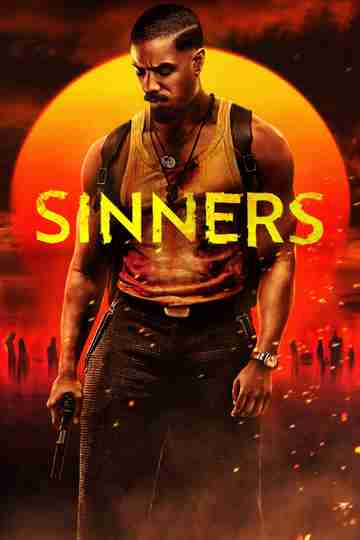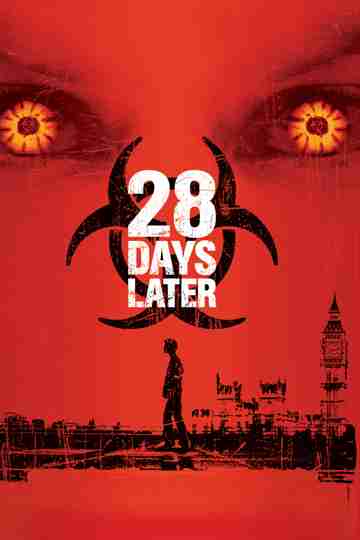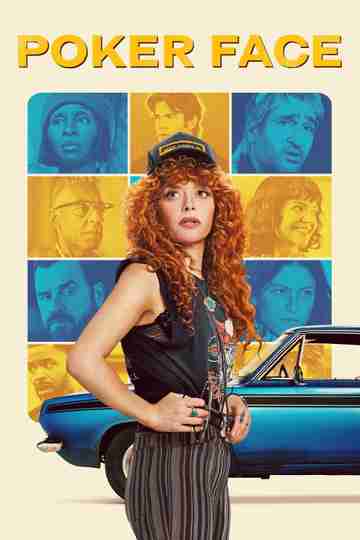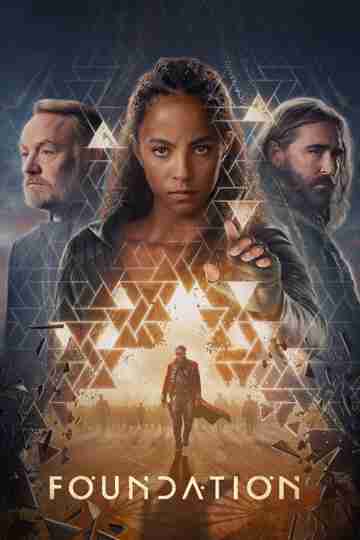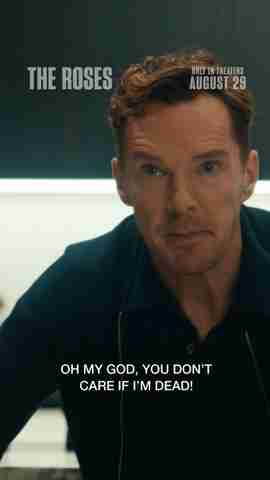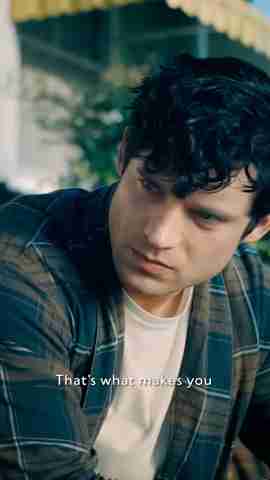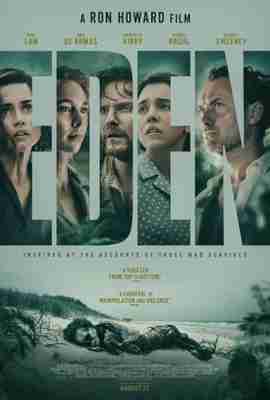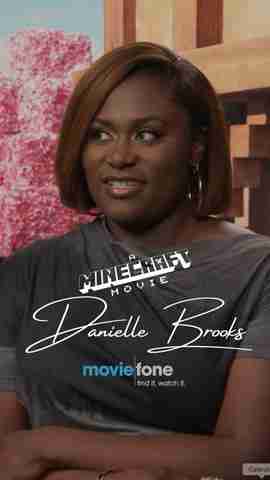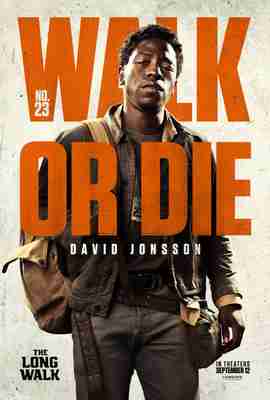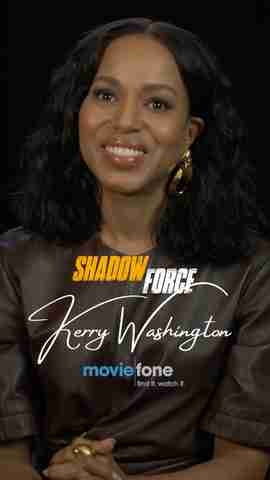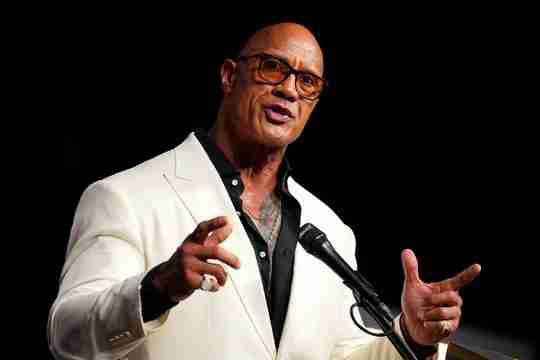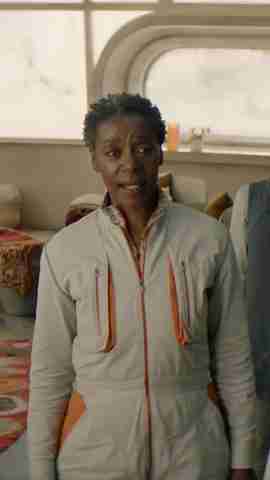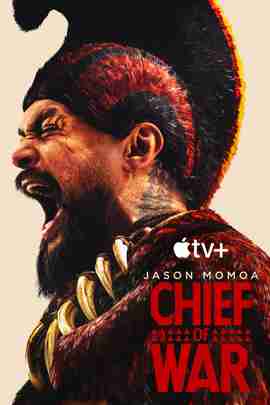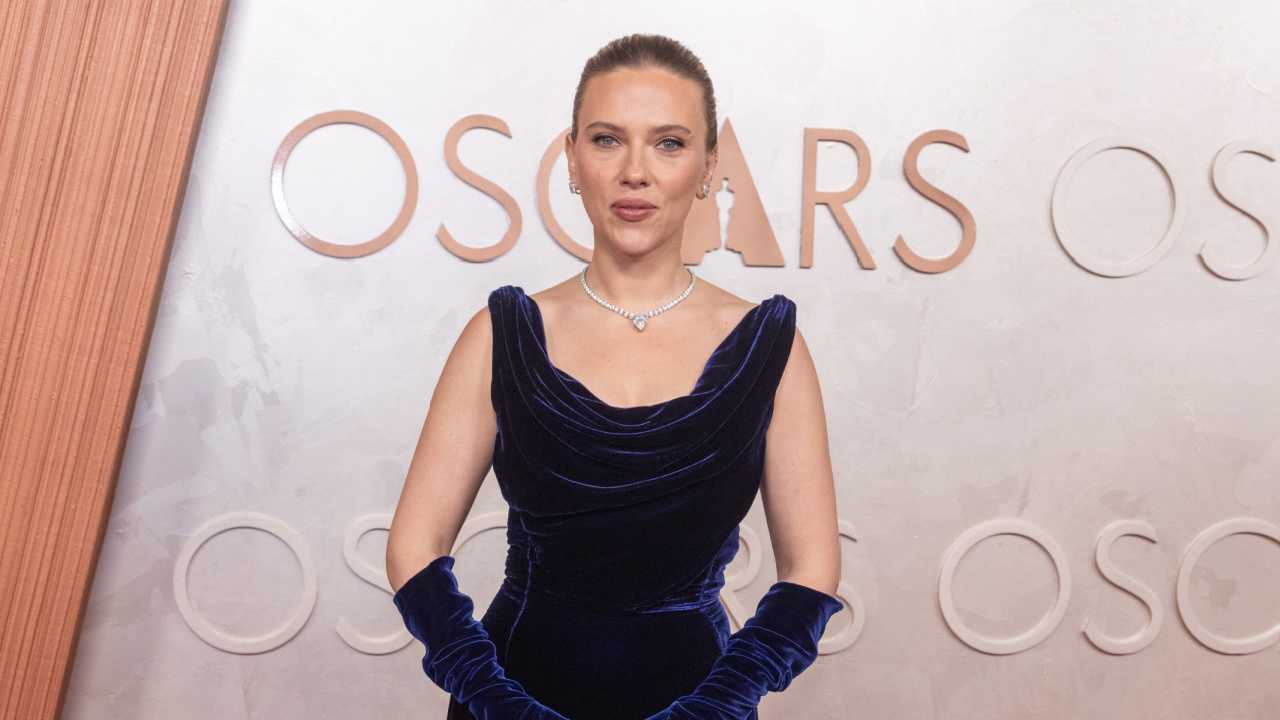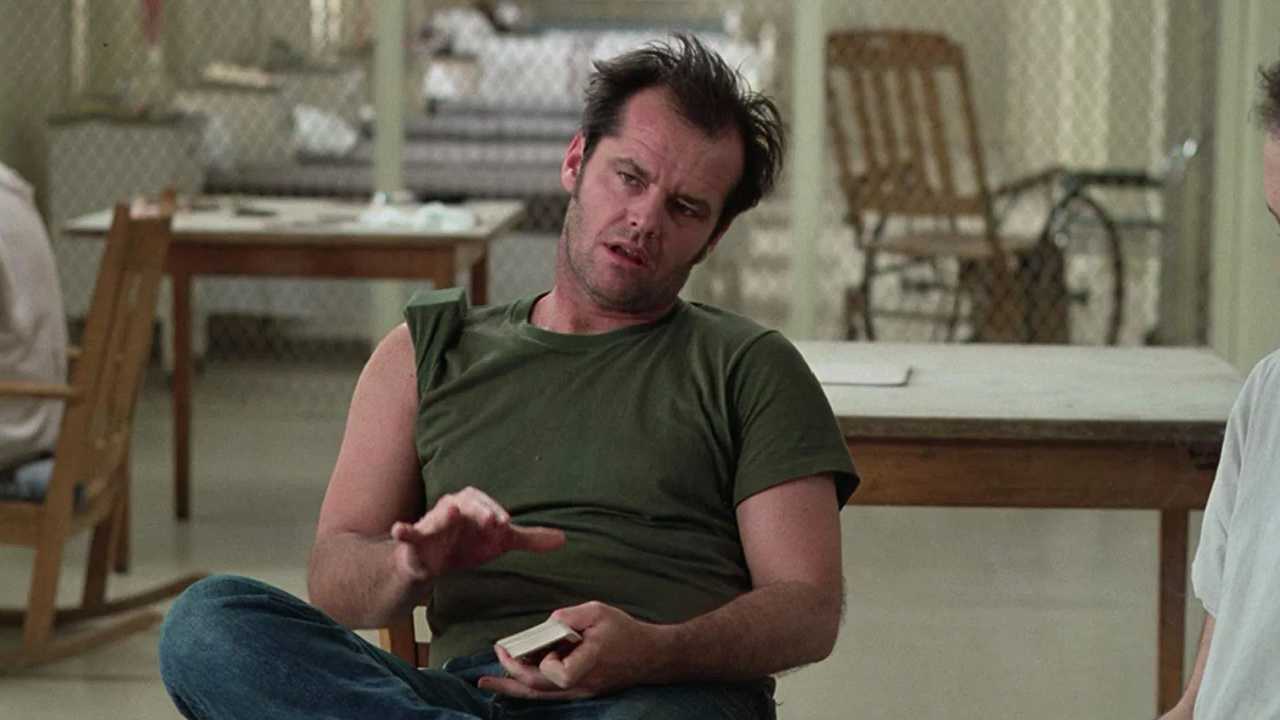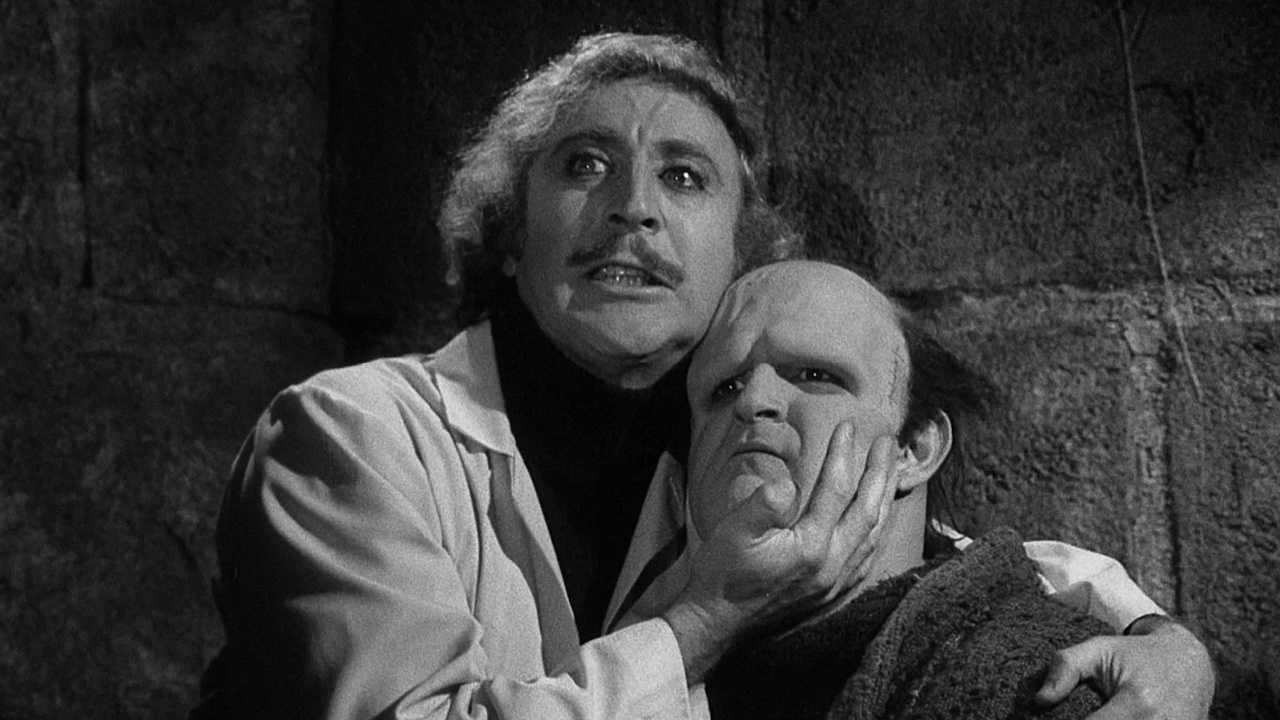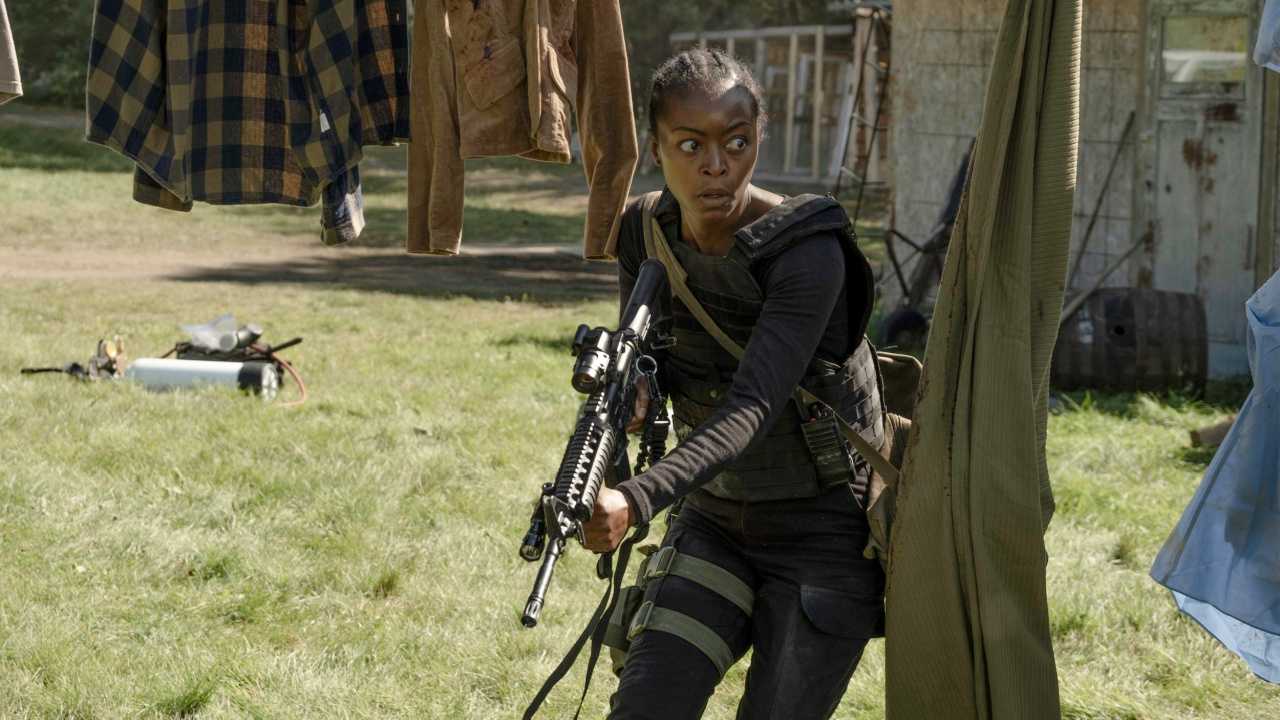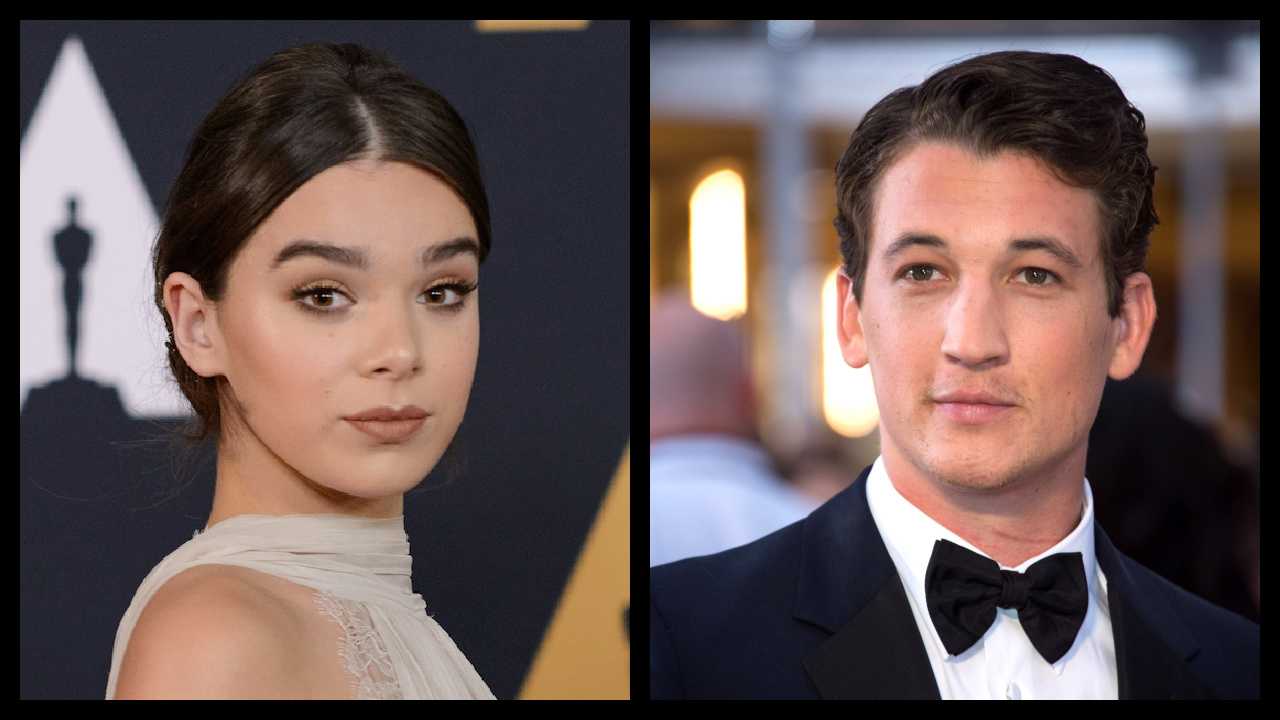Here Are 7 Hidden Gems From Your Favorite Horror Directors
It's easy for horror directors to be pigeonholed. It seems to come with the territory.
If they've had success with one film, then that film winds up defining their entire career, whether that filmmaker likes it or not. Sometimes, though, these horror filmmakers make wild attempts with audacious films that, while they might not necessarily connect with audiences, make a big impact on those that see them. Its in this spirit of adventurousness -- and coinciding with the imminent release of Shout Factory's amazing new "Drag Me to Hell" Blu-ray -- that we look at lesser known films from some of your favorite horror filmmakers that you might have missed. Just be sure to watch with the lights on.Tobe Hooper
Best Known For: "The Texas Chainsaw Massacre" (1974)
Our Recommendation: "The Funhouse" (1981)
Texas-born, Dr. Pepper-loving Tobe Hooper is best remembered for his groundbreaking "Texas Chainsaw Massacre," and for directing at least part of Steven Spielberg's "Poltergeist." But he had a long and varied filmography, from his big budget movies with Cannon Films to his return to independent features towards the end of his career. But our recommendation is 1981's "The Funhouse."
It was Hooper's first studio project and it's as stunningly beautiful (the cinematography by Andrew Laszlo, who had just come off "The Warriors," is amazing) as it is deeply scary. The plot concerns a group of teenagers stalked inside a carnival funhouse but that's just an exclusive for Hooper to pile on the neatly stylized atmospherics and nifty suspense set pieces.Wes Craven
Best Known for: "A Nightmare on Elm Street" (1984) and "Scream" (1996)
Our Recommendation: "The Serpent and the Rainbow" (1988)
Few horror filmmakers can lay claim to an entire franchise, let alone two huge sensations. But with "Scream" and "Nightmare on Elm Street," Wes Craven can handily take responsibility for two of the most influential horror series ever. But some of his smaller, less well-received films are also his most interesting.
Case in point, "The Serpent and the Rainbow." Based on the nonfiction bestseller by Wade Davis, Craven sensationalized and embellished on that original text, amplifying an already horrific tale of zombies and voodoo in the Amazon jungle. Sometimes, this makes things somewhat wobbly, at least on a tonal level, but it's undeniably gritty, thrilling stuff.John Carpenter
Best Known for: "Halloween" (1978), "The Thing" (1981).
Our Recommendation: "Prince of Darkness" (1987)
John Carpenter is one of our favorite American filmmakers, period. He's made so many great movies. But one of his most underrated, scariest, and indeed best, is "Prince of Darkness."
This apocalyptic tale (penned by Carpenter under a pseudonym) follows a group of grad students, scientists, and priests, as they study a vial of otherworldly green goo uncovered in the basement of an ancient church. Weird and deeply unsettling, "Prince of Darkness" goes to some genuinely unexpected places and feels formally adventurous (particularly when it comes to some early found footage-type elements). If you've never see it, be prepared -- it'll scare you silly.David Cronenberg
Best Known for: "The Fly" (1986)
Our Recommendation: "The Brood" (1979)
Canadian filmmaker David Cronenberg broke through to the mainstream with his witty remake of "The Fly" and had a recent critical resurgence with a series of more traditional (but still Cronenbergian) thrillers. But if you're looking for something more outré and, indeed, totally scary, then we suggest looking back to "The Brood," made before he had crossed over.
Made around the time the director was going through a bitter custody battle, "The Brood" is unnerving and unrelenting, with suitably off-the-wall performances by Oliver Reed and a fearless Samantha Eggar (there's a moment towards the end that she totally owns that will make you go "ewwww").Gore Verbinski
Best Known for: "The Ring" (2012)
Our Recommendation: "A Cure for Wellness" (2017)
Gore Verbinski has always flirted with the dark side, even when making giant spectacles (see his "Pirates of the Caribbean" films) and is perhaps best remembered for his chilling remake of the Japanese horror phenomenon "The Ring." But just last year Verbinski returned to the genre and hardly anybody noticed.
"A Cure for Wellness" is long and baroque (you could imagine Vincent Price filling in for Jason Isaacs without issue) but it's also incredibly rewarding. It's a singularly visionary, uniquely stylized romp that satirizes our modern obsession with wellness while also tapping into something much more primordial.Sam Raimi
Best Known for: The "Evil Dead" Trilogy (1981, 1987, 1992)
Our Recommendation: "Drag Me to Hell" (2009)
Although he ushered in the modern superhero era with his beloved "Spider-Man" films, Sam Raimi got his start making down-and-dirty horror movies that both scared and delighted in equal measure. So when he got done with the web-slinger, he returned to his roots, completing the delightfully gooey "Drag Me to Hell." And it flopped.
But already it seems that there is a small but vocal group that considers "Drag Me to Hell" a lost classic (because it is). Smartly adapted for the financial crisis, a young bank worker (Alison Lohman) is cursed by a vengeful gypsy. After that, well, it all goes to hell. You can feel Raimi's looseness and joy coming through in every frame. He's so excited to scare an audience again. It's a blast.George A. Romero
Best Known for: "Night of the Living Dead" (1968)
Our Recommendation: "Monkey Shines" (1988)
When George A. Romero passed away last year, most zeroed in on his zombie films, which served as both socio-political allegories and midnight movie freakouts. But there were a number of fascinating one-offs in his career, some more celebrated than others. "Monkey Shines" is most definitely not all that appreciated, but it's still scary as hell and very much worth a watch.
The set-up is undeniably goofy (a quadriplegic man develops a psychic and sinister bond with his service monkey) but Romero commits to the premise fully and the slick production (it was Romero's first studio film) is undeniably impressive. (That David Shire score!) While some last-minute tinkering from the studio robbed the movie of its more moody tone, it's still scary as hell.


